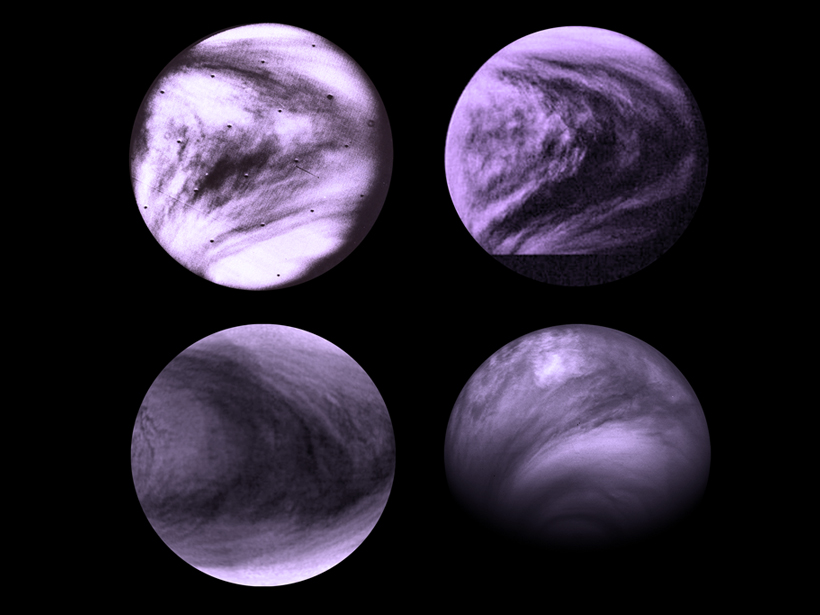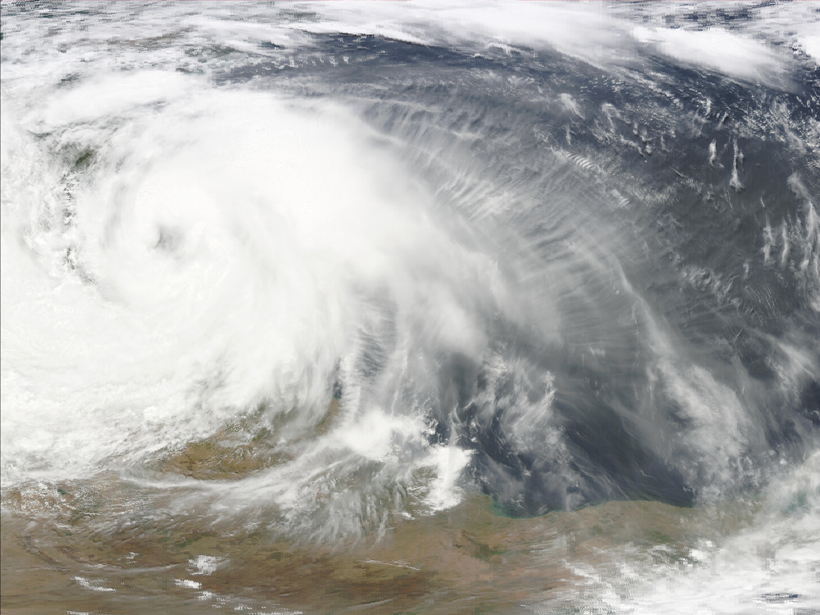Infrared light from the planet's surface shows hot spots that might be caused by lava.
Authors who want CC-BY-NC 2015
New Atmospheric Wave May Shape Venus's Clouds
A novel model suggests that a new wave may be responsible for Venus's iconic Y pattern.
"Fingers" of Plasma Invade Saturn's Magnetic Field
NASA's Cassini probe observed vast amounts of plasma on the fringes of Saturn's magnetic field being mysteriously injected hundreds of thousands of kilometers inward.
Data for All: Using Satellite Observations for Social Good
The satellite and science communities must engage with stakeholders to identify priorities and capabilities, enabling the most beneficial use of abundant satellite sensing data.
Ocean Lightning Storms Are Larger Than Land Lightning Storms
A new study uses data from the Tropical Rainfall Measuring Mission to demonstrate that electrified storms in the tropics are 10 times larger over the ocean than those over land.
Field Data Management: Integrating Cyberscience and Geoscience
The smartphone and tablet revolution has changed how geologists work in the field, but now the community must come up with standards to tame the flood of data.
Underwater Gliders Find Swirling Vortices of Warm, Salty Water
Vortices formed off the west coast of Sardinia could play a large role in Mediterranean water circulation and mixing and are significant for marine ecosystems and regional climate.
Seismic Signals Reveal Changes in Water Release from Glaciers
Seismometers could help scientists monitor elusive fluctuations in water discharge from glaciers that flow into the ocean.
Protecting Communications Satellites from Space Weather
A recent analysis of proprietary telecommunications data identifies a potential source of anomalous satellite component performance, and what can be done to prevent this from happening in the future.
Curiosity Rover Finds Organic Molecules on Martian Surface
Scientists assess the present and past habitability of Mars from organic compounds detected at Gale Crater.







